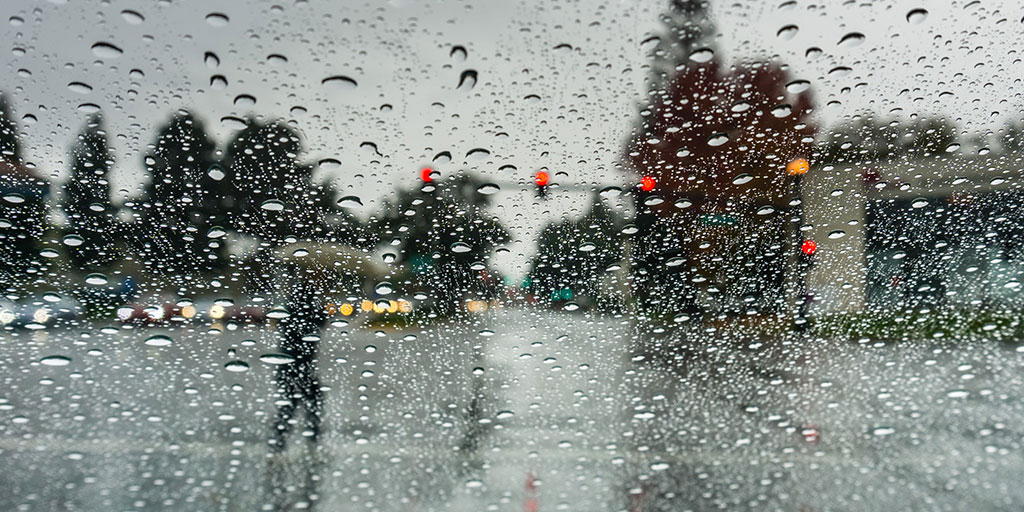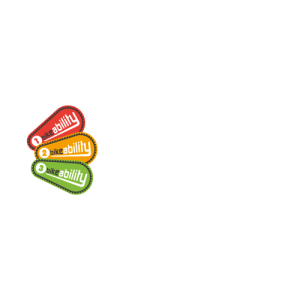Let’s be honest. It can be a frightening experience for a parent every time your child steps out the front door by themselves. A study of journeys to and from school in 2014 found that the most significant reasons parents accompany their children to school are fears of traffic incidents and assault. That’s why they need the tools to keep them safe when they’re outside.
Making sure that children understand how to navigate their local environments and avoid being prey to strangers is a lifelong skill.
How can you prepare your children to recognise the danger of strangers?
Don’t caricature strangers
Strangers are anyone who is unknown to your child. Don’t even joke about certain features or connotations that make someone a stranger. Very like Star Wars, teach your children that if they’re scared or unsure about someone, they should trust their feelings.
Staying SMART means that children understand Safety Means Always Recognising Trouble. If a person they do not know tries to speak to them, convince them to get into a vehicle, or ask them to go with them, do they understand the danger? You can even roleplay some of these scenarios to test your children on what they should be doing.
Cover your bases
Road and pedestrian safety classes are brilliant for creating a solid grounding for children’s environmental awareness. Whether they’re cycling, scooting, or walking, these lessons will teach them to signal, watch out for high traffic areas and take heed of road markings.
Learning their environment this way heightens their general awareness. You’ll improve their knowledge of traffic systems as cyclists and where safe crossings and blind spots are as pedestrians. The more they know, the more likely they are to be safer from traffic incidents. They are also less likely to be taken advantage of if they are sure of their environment.
Ditch personalised gear
It might be cute, but it isn’t safe at all. Personalisation should be reserved for labels that help you keep hold of your children’s things. Personalised outerwear like backpacks, lunch boxes, and hats can provide a platform for strangers who want to form relationships with children. For example, they will try to convince them they are a family friend by knowing their name. All that’s happened is their name is bouncing around on the back of their bag in rhinestones!
Choose safety codewords
All our pick-ups use a passcode, which means that any parent or designated guardian must have the passcode to pick up a child. It’s one of the ways we help keep your children safe when they’re with us. They are really useful for families as a form of communication between adults and children when they feel unsafe.
Choose a code word that your child will remember and use it as a signal for them to communicate that someone is making them feel unsafe. The best thing about this one is they can use it anytime, whether they’re on the phone or in person. As a parent be mindful of investigating your child’s use of this code word since it may not only be used for strangers.
Be loud. Be destructive. Get help.
This is the only time when you would tell your children to behave badly on purpose. If they are approached by someone they don’t know, they need to draw attention to themselves. Being loud or shouting “Help!” or “Leave me alone” can dissuade a stranger from approaching them and can alert others that a child may be in danger.
Sometimes it’s best to get the attention of other adults when you’re not around. Moving to a well-lit area or shop and being disruptive can help to alert those who could help them. If they are being followed by a car, they need to run in the opposite direction towards a well-lit area or ask a mother with children for help. This can slow any assailants down and help them feel safer.
Using these tools can help make you feel more confident about your child being independent and engaging in active travel. If they stay SMART, they can stay SAFE.










